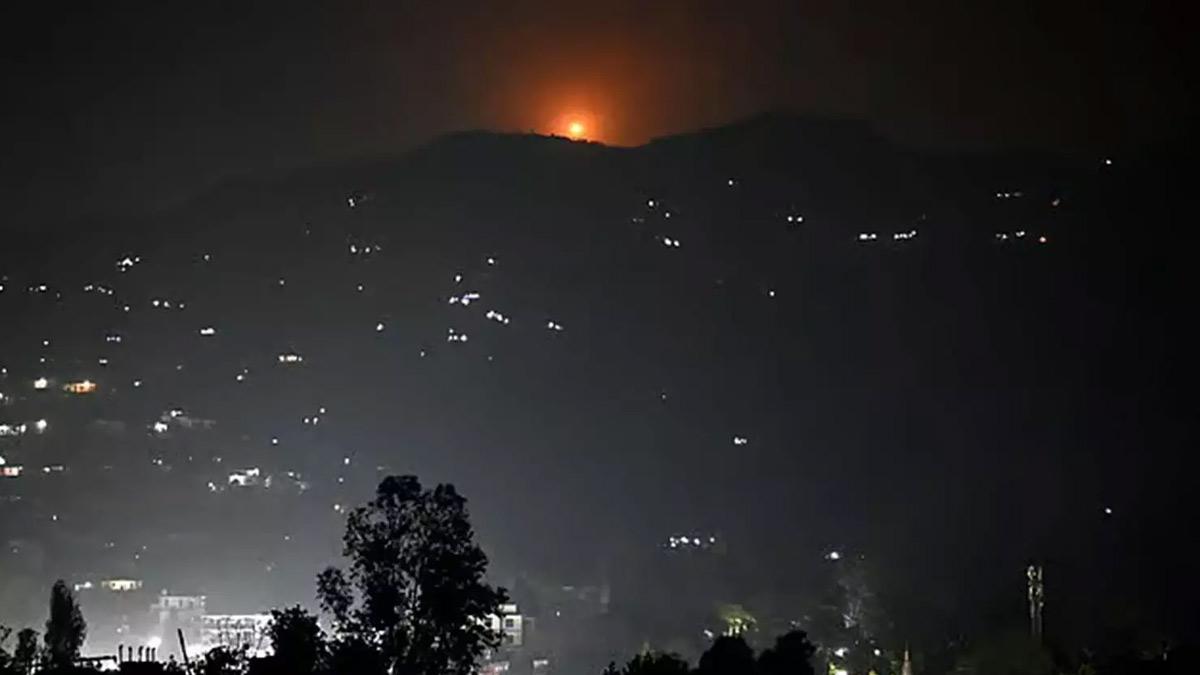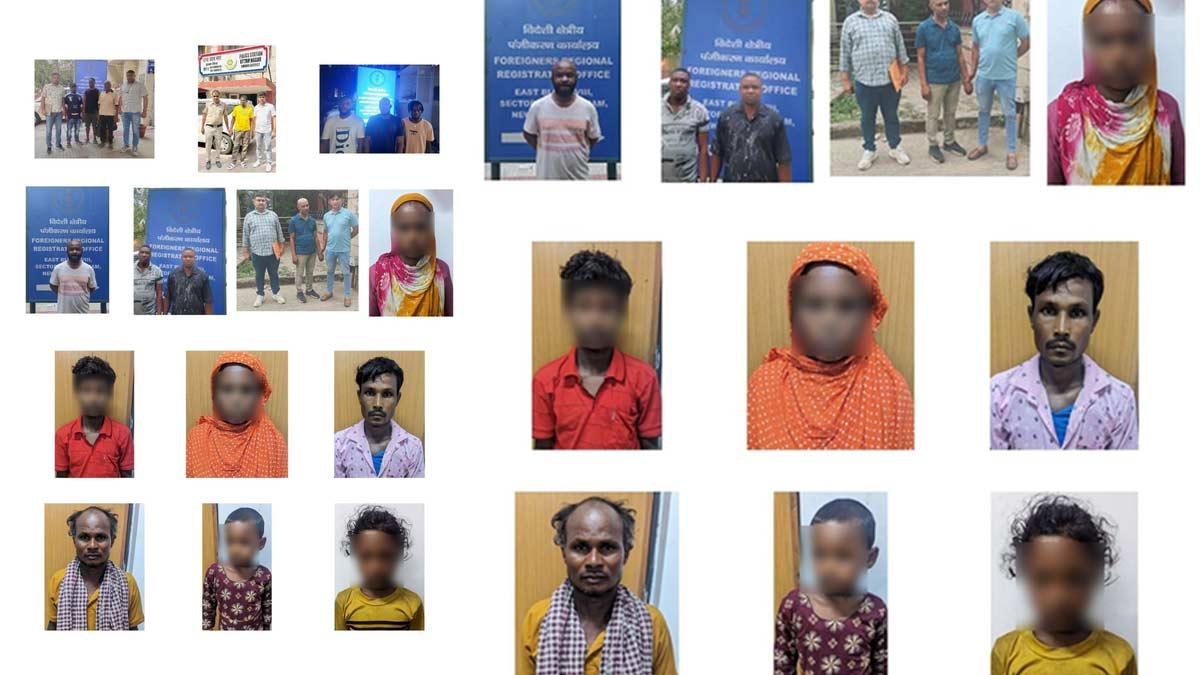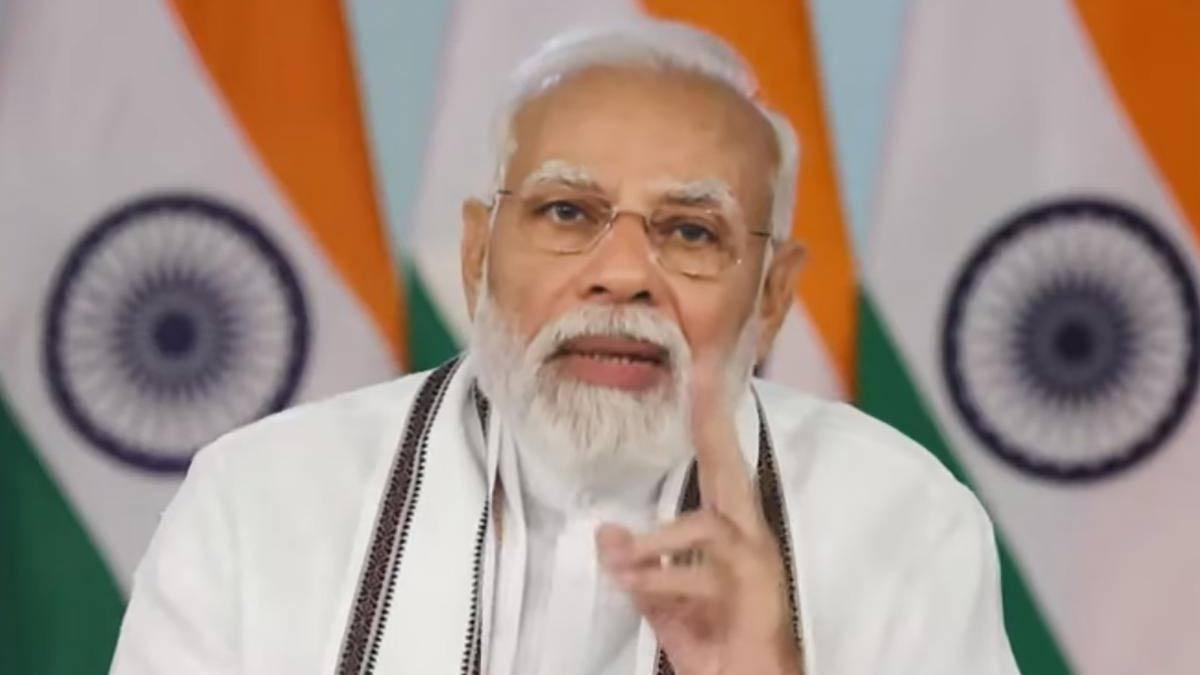In a string of accuracy missile strikes on Wednesday morning, India eliminated over 70 terrorists and hurt over 60 at nine locations in Pakistan and Pakistan-Occupied Kashmir (PoK), in open retaliation for the April 22, 2025, Pahalgam, Jammu and Kashmir, fatal attack, reports IANS.
The airstrikes, conducted between 1:05 a.m. and 1:30 a.m. on Wednesday, were a joint operation of the Indian Army, Navy, and Air Force. The targets were terror installations of significance, such as LeT and JeM camps of Pakistan and PoK, located in areas like Muzaffarabad, Kotli, Bahawalpur, Rawalakot, Chakswari, Bhimber, Neelum Valley, Jhelum, and Chakwal.
At a Press Conference in New Delhi following the operation, Foreign Secretary Vikram Misri, Colonel Sofiya Qureshi of the Army, and Wing Commander Vyomika Singh of the Air Force gave a briefing on the operation. They assured nine terrorist sites—five located in PoK—were hit with precision and the operation was planned to minimize civilian casualties to a bare minimum.
Colonel Qureshi also mentioned the PoK terror camps targeted, including the Shawai Nallah Camp in Muzaffarabad, a LeT camp where militants who had attacked Pahalgam on April 22 were trained. The Syedna Bilal Camp in Muzaffarabad, a JeM camp, and the Gulpur Camp in Kotli, 30 km from the Line of Control (LoC), were other significant targets. The same was used to train militants who had been a part of previous attacks such as the 2023 Poonch attack and the 2024 pilgrimage bus attack. The Barnala Camp in Bhimber was also targeted for training operatives in handling weapons, IEDs, and survival techniques.
Wing Commander Singh reiterated that the operation, Operation Sindoor, was a measured and proportional response to the Pahalgam terror attack, and its aim was to bring justice to the victims. She underscored that Pakistan had been financing and hosting a chain of terror infrastructure for the last 30 years, and 21 established recruitment, indoctrination, and launch pad centers were operating in Pakistan and PoK.
Operation Sindoor: A Responsible Retaliation
Indian authorities categorized Operation Sindoor as a "measured, non-escalatory, proportionate, and responsible" counter to decades-long Pakistan aid of cross-border terror. Foreign Secretary Misri reiterated that the attacks were according to "credible intelligence" that would disrupt terror setups and take down active threats. He repeated that the operation was a rightful use of India's right to reply and pre-empt cross-border terror.
Colonel Qureshi and Wing Commander Singh both reiterated that the operation was carried out with the utmost accuracy so that there was no harm to civilian infrastructure and life. They clarified that no Pakistani military facilities were targeted in the raids, which were against terrorist camps and their operational facilities only.
After IANS, Prime Minister Narendra Modi personally monitored the operation overnight to ensure its success and effectiveness. The Indian government was clear that the attack was a direct response to the organizers of the Pahalgam attack, and the perpetrators would be brought to book.
Read also| India Restricts Water Flow to Pakistan from Baglihar Dam Amid Escalating Tensions


















